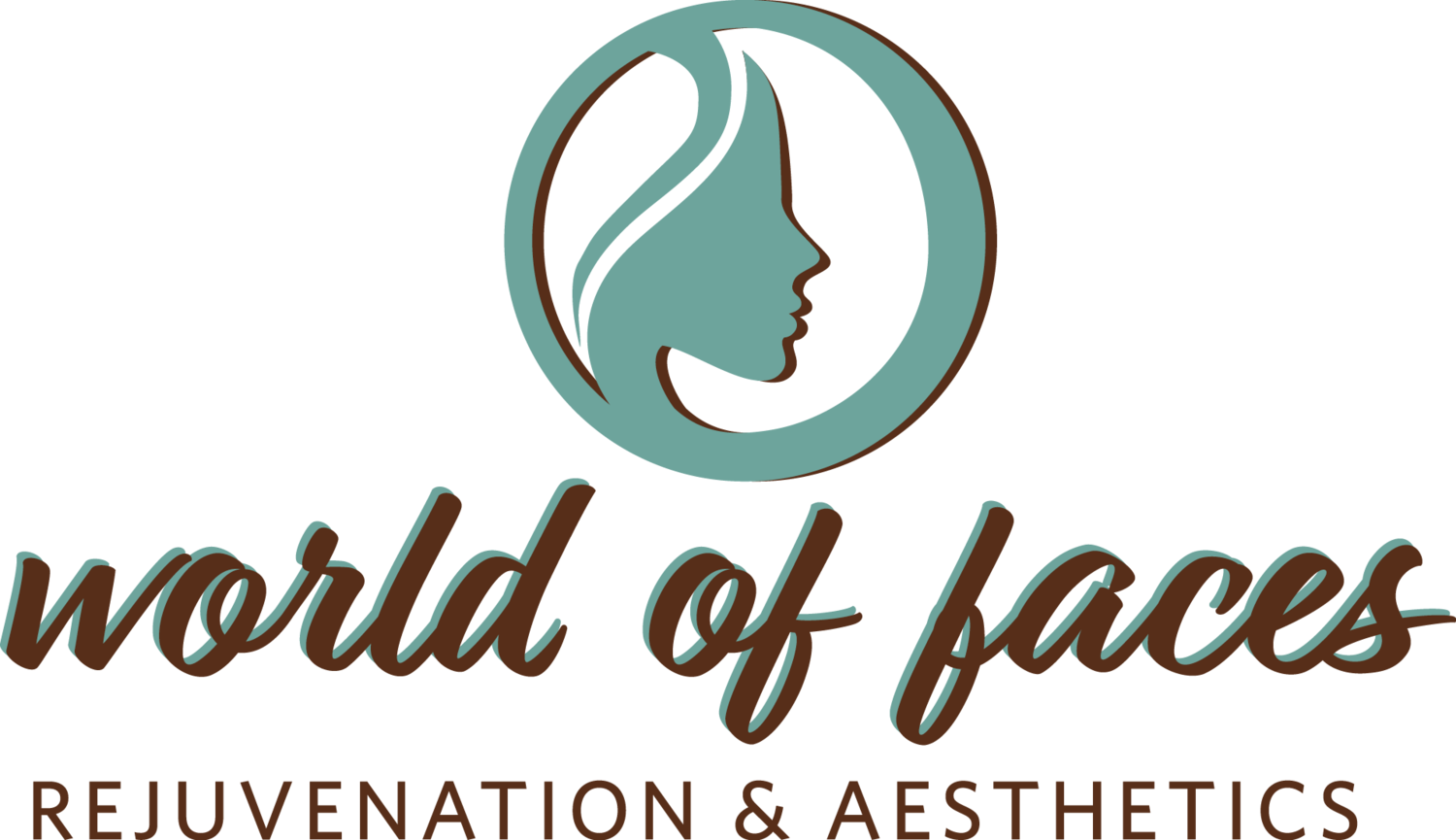Botox vs. Dysport: What’s the difference?
Dysport and Botox are two of the most popular cosmetic treatments available today. Both are used to reduce the appearance of fine lines and wrinkles and provide a more youthful and rejuvenated look. However, despite the similarities in their use, there are some significant differences between the two that are important to understand. In this blog, we will examine the differences between Dysport and Botox so that you can make an informed decision about which treatment is best for you.
Active Ingredient
The first and most important difference between Dysport and Botox is the active ingredient used in each. Botox is made from botulinum toxin type A, while Dysport is made from botulinum toxin type A, but with a different purification process. This means that although the active ingredient is the same, the way it is processed can result in differences in potency and duration of effect.
Dosage and Spread
Another difference between Dysport and Botox is the way they are dosed. Botox is available in larger doses and is typically injected in smaller amounts, while Dysport is available in smaller doses and is injected in larger amounts. The result is that Botox has a more localised effect, while Dysport has a more widespread effect.
This can be important for people who are looking to target specific areas of their face or body. For example, if you are looking to target wrinkles around your eyes or mouth, Botox may be a better choice because it will have a more precise effect. On the other hand, if you are looking to treat wrinkles over a larger area, such as your forehead or neck, Dysport may be a better option.
Duration of Effect
Another key difference between Dysport and Botox is the duration of their effects. While both treatments typically last for around three to six months, some studies have suggested that Dysport may have a slightly longer duration of effect than Botox. This is because Dysport is processed differently and may be more resistant to breaking down in the body. The duration of effect will be influenced by your lifestyle and activity levels and will vary between patients.
Side Effects
Finally, it is important to consider the potential side effects of each treatment. Both Dysport and Botox have been shown to be safe and effective when used as directed, and side effects are generally mild and temporary. Some common side effects of both treatments include redness, swelling, and mild pain or discomfort at the injection site.
Conclusion
In conclusion, Dysport and Botox are both excellent options for reducing the appearance of fine lines and wrinkles, but there are some important differences between the two that should be considered. When deciding which treatment is right for you, it is important to consider your individual needs and goals, as well as the advice of a qualified medical professional. Whether you choose Dysport or Botox, you can be confident that you will receive a safe and effective treatment that will help you achieve the youthful and rejuvenated look you desire.
At World of Faces, we prefer using Dysport as it has proven to be a more cost effective solution for our patients with longer lasting results. If you’re concerned about fine lines and wrinkles and looking for treatment options available, book a complimentary skin analysis with us and we can guide you on the best treatment available for your concerns.



